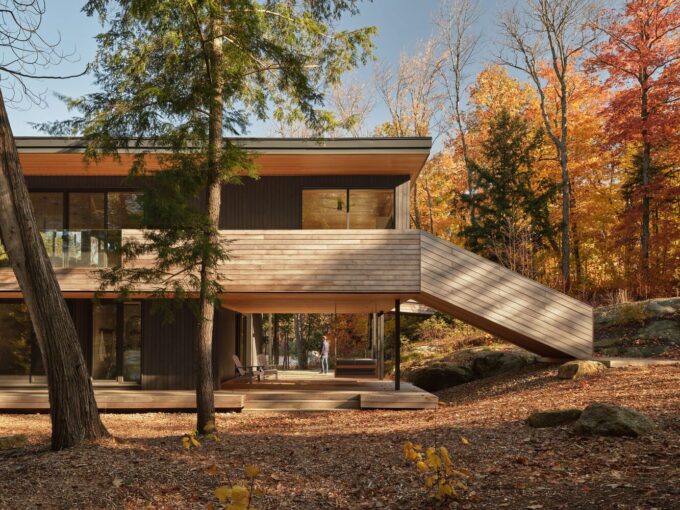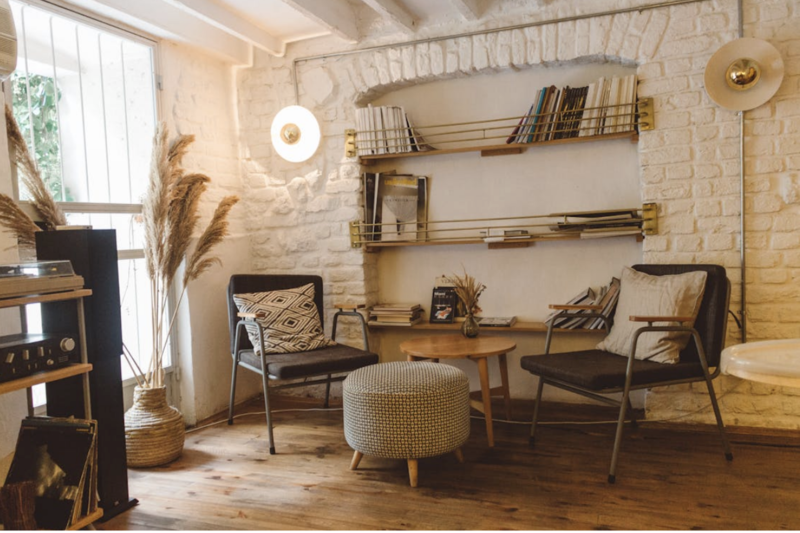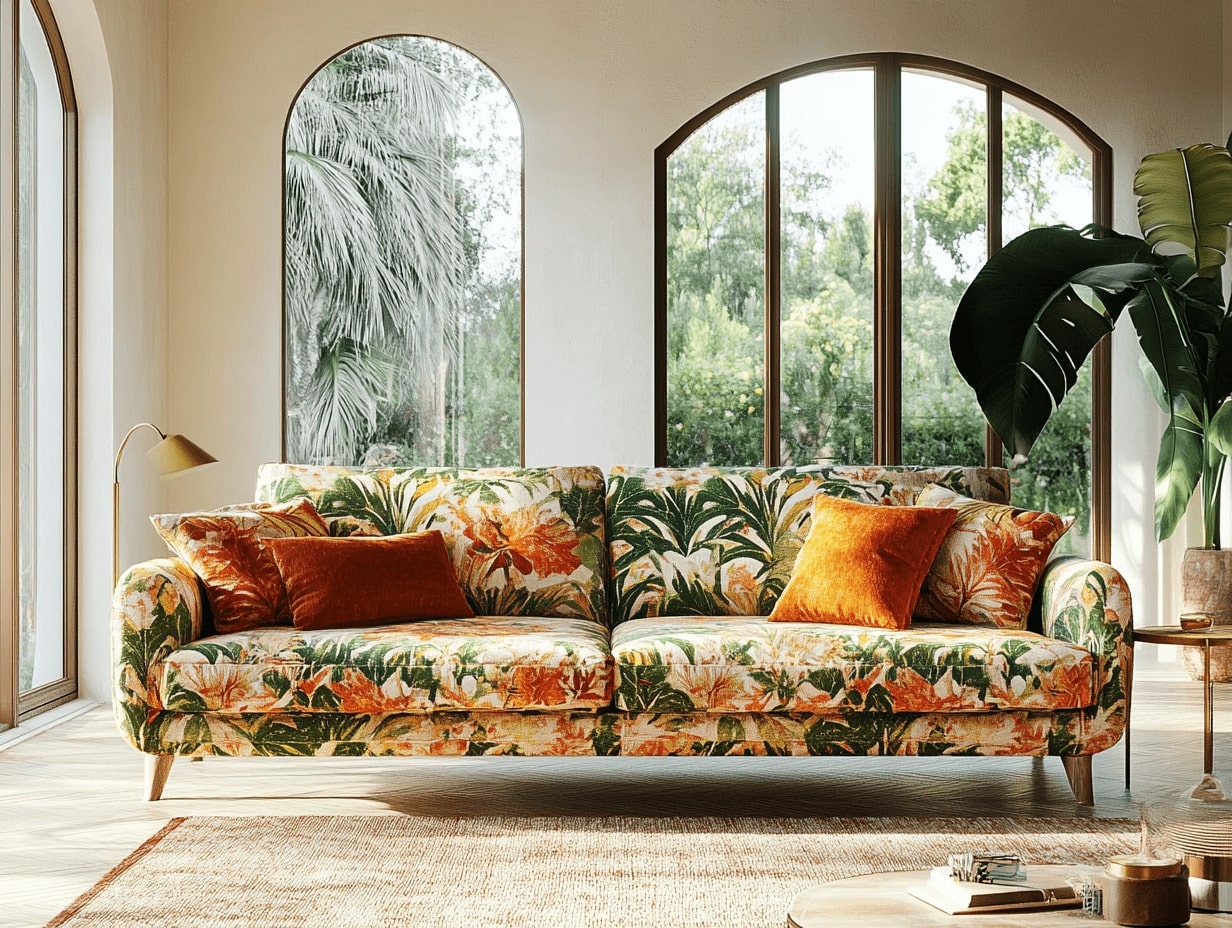- Home
- Articles
- Architectural Portfolio
- Architectral Presentation
- Inspirational Stories
- Architecture News
- Visualization
- BIM Industry
- Facade Design
- Parametric Design
- Career
- Landscape Architecture
- Construction
- Artificial Intelligence
- Sketching
- Design Softwares
- Diagrams
- Writing
- Architectural Tips
- Sustainability
- Courses
- Concept
- Technology
- History & Heritage
- Future of Architecture
- Guides & How-To
- Art & Culture
- Projects
- Interior Design
- Competitions
- Jobs
- Store
- Tools
- More
- Home
- Articles
- Architectural Portfolio
- Architectral Presentation
- Inspirational Stories
- Architecture News
- Visualization
- BIM Industry
- Facade Design
- Parametric Design
- Career
- Landscape Architecture
- Construction
- Artificial Intelligence
- Sketching
- Design Softwares
- Diagrams
- Writing
- Architectural Tips
- Sustainability
- Courses
- Concept
- Technology
- History & Heritage
- Future of Architecture
- Guides & How-To
- Art & Culture
- Projects
- Interior Design
- Competitions
- Jobs
- Store
- Tools
- More
How to Use Wood Tones in Interior Design for Warmth and Style
Discover how to use wood tones to elevate your interior design! This guide explores pairing light, medium, and dark woods for balance, creating warm and stylish spaces. Learn tips for mixing textures, matching undertones, and avoiding design pitfalls to achieve cohesive, inviting interiors in every room. Transform your home with wood's timeless charm and versatility.

Wood tones have a timeless charm that brings warmth and character to any space. Whether we’re working with rich mahogany, light oak, or something in between, wood adds depth and texture that’s hard to replicate with other materials. It’s no wonder it remains a favorite in interior design, blending seamlessly with various styles from modern to rustic.
The key to using wood tones effectively lies in balance and harmony. By understanding how to pair different tones and finishes, we can create spaces that feel cohesive and inviting. Whether we’re looking to highlight a statement piece or create a subtle backdrop, wood has the versatility to transform any room. Let’s explore how to incorporate wood tones into our interiors with confidence and style.

Table of Contents
ToggleBenefits Of Using Wood Tones In Interior Design

Adds Warmth And Comfort
Wood tones naturally create a sense of warmth and coziness within interiors. Light woods like oak and maple brighten spaces, while darker tones like walnut add depth and richness. The organic appearance of wood softens harsh elements, encouraging a welcoming atmosphere.
Enhances Versatility Across Styles
Wood tones integrate seamlessly into various design styles, including minimalistic, rustic, and modern. A Scandinavian style room benefits from pale woods, while mid-century designs often incorporate warm teak. Their adaptability allows designers to balance contemporary and traditional elements.
Increases Longevity And Visual Appeal
High-quality wood tones remain timeless, adding long-term value to interiors. Unlike fleeting trends, woods like mahogany and cherry age gracefully with character. Their durability ensures sustained visual appeal with proper maintenance.
Improves Acoustic Quality
Wood surfaces absorb and reduce sound reflection, improving the acoustic quality in spaces. For example, wooden ceilings and wall panels minimize echo, making interiors feel quieter and more comfortable.
Boosts Connection To Nature
Incorporating wood tones fosters biophilic design principles, enhancing our connection to nature. Natural materials promote relaxation and well-being, especially when combined with indoor plants and natural light. Woods like bamboo and reclaimed timber are sustainable options, supporting eco-conscious designs.
Offers Customization Potential
Wood tones suit an array of finishes, stains, and textures. Matte finishes give a subdued look, while gloss treatments enhance sophistication. Layering tones, such as pairing ash wood flooring with walnut furniture, creates dimension and interest in any room.
Choosing The Right Wood Tones
Selecting appropriate wood tones shapes the mood and style of a space, ensuring harmony between the various interior design elements. Balancing light, medium, and dark wood tones creates depth and visual cohesion.

Light Wood Tones
Light wood tones, like birch and oak, enhance a room’s brightness by reflecting natural light. These tones suit Scandinavian, coastal, and minimalist interiors due to their airy, clean aesthetic. Pairing light wood with neutral colors like white or beige further emphasizes an open and fresh feel. For example, using a bleached oak dining table with white linen chairs creates a soft, inviting atmosphere.
Medium Wood Tones
Medium wood tones, such as walnut and teak, offer a rich, versatile base for various styles. These tones bridge light and dark woods, making them ideal for balancing contrasts in transitional or eclectic spaces. Medium wood complements jewel tones and earth shades, adding warmth without overpowering. Incorporating a teak coffee table alongside deep green upholstery highlights this harmony effectively.
Dark Wood Tones
Dark wood tones, including mahogany and ebony, create dramatic, elegant interiors. These tones work well in traditional, industrial, or modern spaces, especially when juxtaposed with lighter design elements to avoid visual heaviness. Using a dark mahogany bed frame paired with light cream bedding achieves a sophisticated yet grounded look. Dark woods can also highlight intricate detailing or bold textures in furniture designs.
Balancing Wood Tones With Other Elements
Balancing wood tones with other design components ensures a cohesive and visually appealing interior. Properly integrating wood tones with complementary colors, textures, and other woods creates harmony in your space.

Pairing With Color Schemes
Using harmonious color schemes enhances the impact of wood tones. Light wood tones pair well with neutral or pastel shades, like beige or pale blue, to maintain an airy atmosphere. Medium wood tones complement earth tones, such as olive green or terracotta, for warmth and balance. Dark wood tones work best with lighter hues, including white or soft cream, to create contrast and avoid overpowering the space. Incorporating accent colors through fabrics or decor creates dynamic visual interest.
Mixing Textures For Depth
Combining textures alongside wood tones adds dimension to interiors. Rugged wood grains contrast beautifully with polished metals like brass or stainless steel. Adding soft materials, such as velvet or linen, creates tactile balance against harder wood surfaces, while natural textures, like woven rattan or jute, enhance an organic aesthetic. Whether the wood is smooth, reclaimed, or heavily textured, including varied surfaces ensures layers and richness throughout the design.
Combining Wood Tones Strategically
Using multiple wood tones strategically prevents visual discord. Choose a dominant wood tone, like medium walnut, and pair it with one or two complementary tones for accents. Maintain consistency by matching undertones; for example, pair warm-toned woods like cherry and teak, or cool-toned woods like ash and gray-washed oak. Use contrasts thoughtfully, such as a dark-stained dining table with lighter wood chairs, to create focal points. Keeping similar finishes, like matte or satin, ensures unity across different wood tones.
Enhancing Spaces With Wood Tones
Wood tones elevate interiors by adding depth, warmth, and natural beauty. Using them strategically across rooms transforms ordinary spaces into inviting, cohesive environments.

Living Room Ideas
In living rooms, wood tones create focal points and define atmospheres. Light woods, like ash and pine, make spaces feel open and bright, ideal for Scandinavian or minimalist designs. Medium tones, like oak or cherry, bring a sense of coziness and pair well with neutral furnishings. Dark woods, such as walnut or ebony, add sophistication and serve as a strong contrast to light walls or decor. Incorporating wooden coffee tables, shelving, and accent walls ensures visual interest.
Bedroom Inspirations
Wood tones in bedrooms enhance tranquility and warmth. Bed frames and headboards in medium woods, like acacia or teak, create a grounding effect. Pairing them with light flooring amplifies brightness while preserving balance. For a luxurious touch, nightstands or wardrobes in darker woods, such as mahogany or rosewood, offer elegance when complemented with soft textiles in lighter hues. Accent pieces, like a wooden bench or mirror frame, bring cohesion to the design.
Kitchen And Dining Room Applications
Wood tones in kitchen and dining areas improve functionality and style. Light woods, like maple or beech, brighten kitchens and highlight modern cabinetry. Medium woods, such as hickory or oak, add timeless appeal and work well with neutral countertops. Dark woods, including wenge or ebony, create drama and sophistication in dining tables and chairs. Pairing mixed wood tones with metal or stone accents ensures a balanced and layered look.
Common Mistakes To Avoid

- Overmatching Wood Tones
Matching every wood tone in a space creates a flat, monotonous look. Spaces feel more dynamic when we mix complementary tones, like pairing warm oak with muted walnut. Balance is essential to prevent an overly uniform design.
- Ignoring Undertones
Undertones in wood, such as red in cherry or gray in ash, impact color harmony. Clashing undertones disrupt the flow of a room’s design. We recommend identifying undertones and coordinating them with other finishes, like fabrics or paints, to maintain cohesion.
- Overusing Dark Wood
Dark wood tones can dominate a space, making it feel heavy or cramped. Incorporating contrasting lighter elements, such as neutral wall colors or soft-textured fabrics, prevents the room from feeling overwhelmed.
- Neglecting Texture Combinations
Relying solely on smooth wood surfaces lacks dimension. Rooms benefit from combining textures, like combining rough, distressed woods with sleek, polished finishes. This adds depth and tactile interest.
- Mixing Too Many Tones
Using too many wood tones creates visual confusion. Selecting a dominant tone and then integrating one or two complementary tones ensures the space looks cohesive. For example, if oak is dominant, adding walnut and maple sparingly keeps harmony.
- Leaving Wood Exposed Without Warmth
Bare wood tones appear stark without warm elements. Incorporating soft textiles, such as rugs or linen curtains, complements the wood and enhances comfort in the space.
- Ignoring Room Functionality
Selecting inappropriate wood tones for specific rooms reduces practicality. For instance, using soft woods like pine in high-traffic areas, such as kitchens, leads to quicker wear. Opt for harder woods, like maple, for durability in such spaces.
Conclusion
Using wood tones effectively transforms spaces by adding character, warmth, and style. By understanding the interplay of light, medium, and dark tones, we can shape mood, enhance functionality, and achieve cohesion. Combining these tones with complementary colors, textures, and finishes ensures visually appealing and balanced interiors.
Balancing multiple wood tones requires intentionality. Selecting a dominant tone and harmonizing undertones creates unity. Incorporating wood tones alongside other materials like metal, stone, or fabric adds depth and prevents monotony. In all cases, recognizing undertones and matching them across elements maintains harmony.
Avoiding common mistakes maximizes the impact of wood tones. Overmatching tones leads to flat designs, while excessive use of dark woods overwhelms spaces. Mixing too many tones disrupts cohesion, so we recommend sticking to one dominant tone and a couple of complementary ones.
Every room benefits from thoughtful wood tone applications. Living rooms gain sophistication with dark woods or coziness with medium tones. Bedrooms flourish with tranquil medium woods or luxurious dark tones, while kitchens and dining areas balance light woods’ brightness with metal and stone contrasts. This approach creates both style and purpose-driven functionality.
- contemporary wood interiors
- cozy home design with wood
- decorating with wood tones
- elegant wood interiors
- interior design with wood details
- interior design wood elements
- modern wood interior design
- natural materials in interior design
- natural wood in interior design
- rustic wood interior ideas
- styling with wood tones
- stylish wood home decor
- using wood in home decor
- warm interior design ideas
- wood accents in room design
- wood color schemes for home
- wood flooring in interior design
- wood furniture styles
- wood paneling in modern design
- wood texture in home design
- wood tones in interior design
- wood wall accents
- wooden interiors for warmth
Submit your architectural projects
Follow these steps for submission your project. Submission FormLatest Posts
Explore Simple Details That Make Your Home Feel Unique
Your home is a reflection of your personality and style. It’s not...
Top Ceiling Wallpaper Ideas to Transform Your Space with Style and Creativity
Elevate your decor with innovative ceiling wallpaper ideas! Discover how bold patterns,...
Transform Your Home with Fabrics and Textiles for Interiors and Furniture
Discover how fabrics and textiles can transform your home's interior with a...
Top Benefits of Choosing Steel Homes for Your Next Build
Explore the compelling advantages of steel homes for your next build. Discover...












Leave a comment